- Published on
A Blueprint for AI Agents
- AUTHOR
 Lena ParkContent Specialist
Lena ParkContent Specialist
Developing a robust blueprint for ai agents is no longer a theoretical exercise but a crucial, practical necessity for creating scalable and reliable autonomous systems. This guide will walk you through the essential architectural components, design patterns, and governance principles needed to construct a successful framework, ensuring your agents are both effective and responsible.
Core Architectural Components
A comprehensive blueprint for ai agents is built upon several interconnected modules, each serving a distinct function. At its core is the Foundation Model, typically a large language model (LLM) that acts as the reasoning engine. To provide context and continuity, a Memory Module combines short-term working memory with long-term knowledge storage. The Planning Module then decomposes high-level goals into actionable steps. Input is handled by a Perception Layer that processes data from various sources, while the Action Layer executes tasks through external tools and APIs. Finally, a continuous Feedback Loop allows the agent to learn from its outcomes, adapting its strategies over time without manual intervention. These components work in concert to create a dynamic and highly intelligent system.
Modular Design and Governance
Effective design extends beyond individual components. A flexible blueprint for ai agents utilizes Modular Design Patterns, where decoupled components for perception, reasoning, and action can be managed through orchestration patterns like sequential workflows or concurrent processing. This enhances scalability and simplifies maintenance. Alongside design, robust Governance Best Practices are critical. This involves establishing clear monitoring metrics for performance and user satisfaction, enforcing compliance protocols, and integrating security measures. Ethical constraints and operational boundaries, defined within the agent’s profile, ensure the agent operates safely and predictably within its intended scope, thus building trust and ensuring accountability.

By the numbers
Level up your workflow
Powerful tools to accelerate your content
Navigating Regulated Sectors
For deployment in regulated sectors like healthcare or finance, additional layers of scrutiny are required. Emerging standards demand agents be "regulatory-aware," capable of adjusting their behavior based on specific legal jurisdictions. Frameworks like the NIST AI Risk Management Framework are being integrated as embedded compliance validation tools, enabling real-time auditing. Furthermore, industry-specific governance blueprints now mandate ethical design standards and impact assessments, aligning with regulations like HIPAA or FINRA. Secure communication infrastructure is non-negotiable for protecting sensitive data. Ultimately, creating a compliant and trustworthy blueprint for ai agents requires a proactive approach that embeds legal and ethical considerations directly into the development lifecycle.
Level up your workflow
Powerful tools to accelerate your content
Subscribe to our newsletter
Get notified when we publish new content. No spam, unsubscribe at any time.
